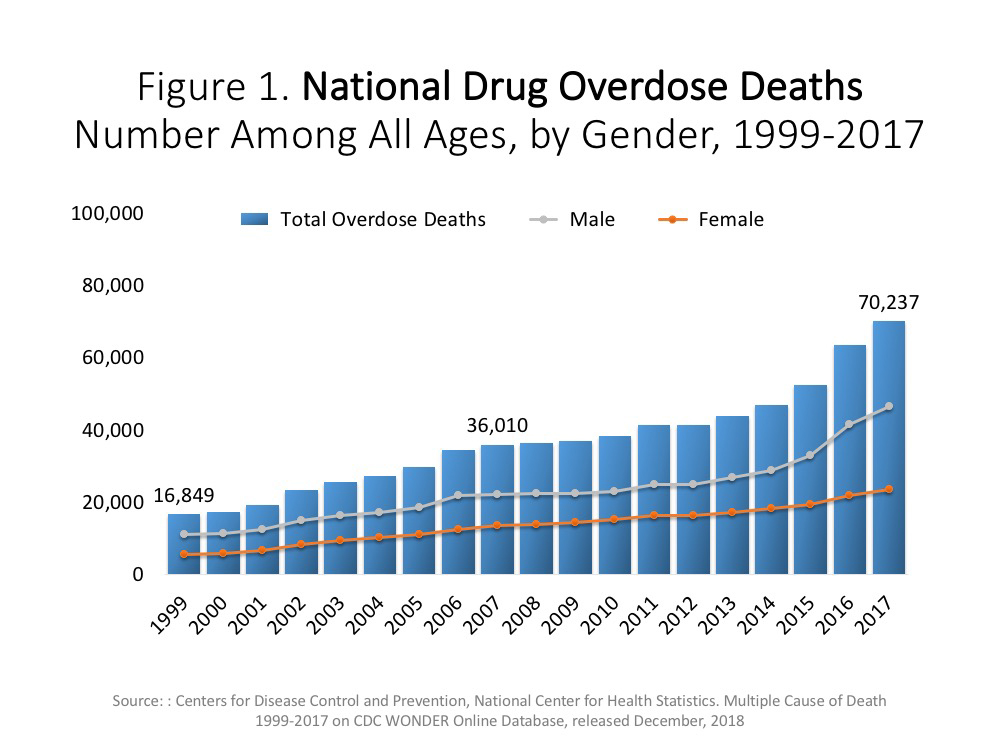Association of Initial Provider Type on Opioid Fills for Individuals With Neck Pain
Association of Initial Provider Type on Opioid Fills for Individuals With Neck Pain
SOURCE: Archives of Phys Med and Rehabilitation 2020 (Aug)
Christopher J. Louis, PhD, Carolina-Nicole S. Herrera, MA, et. al.
Department of Health Law, Policy, and Management,
Boston University School of Public Health,
Boston, Massachusetts.
Objective: To determine whether the initial care provider for neck pain was associated with opioid use for individuals with neck pain.
Design: Retrospective cohort study.
Setting: Marketscan research databases.
Participants : Patients (N=427,966) with new-onset neck pain from 2010-2014.
Main outcome measures: Opioid use was defined using retail pharmacy fills. We performed logistic regression analysis to assess the association between initial provider and opioid use. Adjusted odds ratios (ORs) with 95% confidence intervals (CIs) were calculated using bootstrapping logistic models. We performed propensity score matching as a robustness check on our findings.
Results: Compared to patients with neck pain who saw a primary health care provider, patients with neck pain who initially saw a conservative therapist were 72%–91% less likely to fill an opioid prescription in the first 30 days, and between 41%–87% less likely to continue filling prescriptions for 1 year. People with neck pain who initially saw emergency medicine physicians had the highest odds of opioid use during the first 30 days (OR, 3.58; 95% CI, 3.47–3.69; P<.001).
There are more articles like this @ our brand new:







